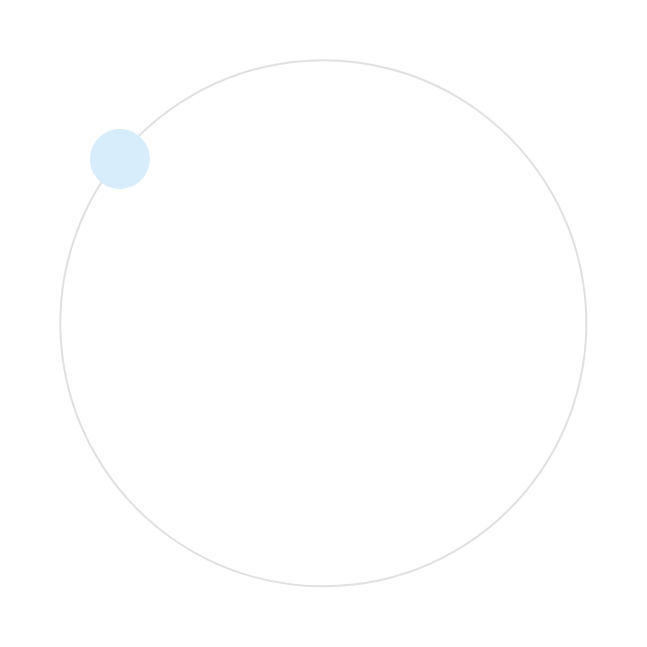Machine translation is continuously becoming more accurate, however it still has a way to go before it equals human translators. Machine translation post-editing is a solution combining the best of both worlds: the efficiency of machines to quickly translate large volumes of text and the expertise and sensitivity of trained linguists.
So, how does this work, exactly?
We input your original content into the industry-leading machine translation software, Language Weaver, and the software uses a process known as Neural Machine Translation to produce a translation in the required language – the ‘raw output’. Once we have the machine’s output, we send this off to one of our trusted professional linguists for post-editing to ensure that the translation is accurate and sounds natural in the target language.
Our linguist will use Trados Studio to compare the source text and the raw output. At Web-Translations, we only work with professional linguists who are bilingual in the source and target languages, as we feel that checking the accuracy of the raw output is vital for good results. Editing the raw output without comparing it to the source text may produce something understandable, however there could be gross inaccuracies, rendering the text unfit for purpose.
Why is post-editing important?
Machine translation software uses statistics to produces translation, rather than considering the context as a human would. You’ve probably seen translation blunders as a result of Google Translate, however post-editing reduces the risk of error.
Are there different types of post-editing?
- Light post-editing
- Complete or Full post-editing
How is this cheaper and faster if human linguists are still involved?
With a combination of the machine translating and the human reviewing, we can offer quicker turnarounds at a lower cost, as there are reduced costs for the translation stage. This is great if you have a low budget and need a translation fast. Also, with our standard translation service, we include proofreading by a second linguist as standard. However with machine translation, there is no need to involve a second linguist. And finally, the content being machine translated should not be persuasive or marketing content that requires creativity and therefore additional time to rework and reimagine the text.
How much cheaper is it?
It varies by language. Languages pairs which are more common and structurally similar, such as English/Dutch, have better raw outputs than some less common language pairs with different structures.
It also varies based on the type of post-editing required.
For example: Full post-editing of English to Spanish, we would estimate 75% of the cost of translation, but without the additional cost of proofreading. So what would have cost £170 per 1000 words is now £94 per 1000 words.
Of course, we would always advise using a professional linguist to translate if budget and time allows, although a combination of the two can be a good alternative.

